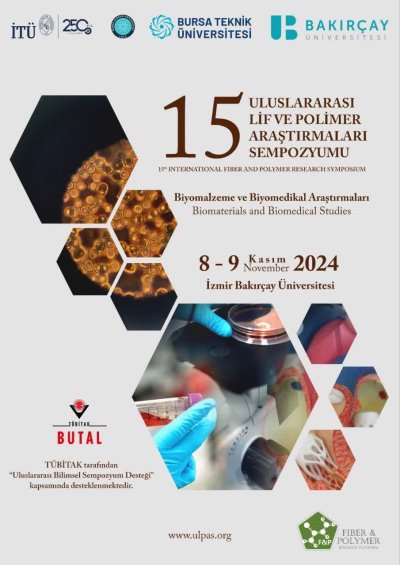0% Complete
Authors :
Keywords :
Abstract :
List of archived papers
Fatma Ahsen Oktemer - Cansu Gunes - M. Mert Kurdis - Ahmet Avci
Seyedmansour Bidoki - Ali Demir
FATMA DEMİRCİ - AHMET ORUÇ - HATİCE GÜNTÜRK
Hurrem CANITEZ - Ayse BEDELOGLU
Ebru Yabas - Rahmi Canpolat - Esra Kayas - Fatih Ozaydın
TUĞBA ŞİMŞEK - Fatma NUR PARIN - Uğur PARIN
Eralp DEMİRCAN - Yunus Furkan BAY
Burhan Karateke - Nazire Deniz Yılmaz
Hande Eyvazoğlu - Mucize Ceren Miçonunoğlu - Büşra Doğanay Alçiçek



